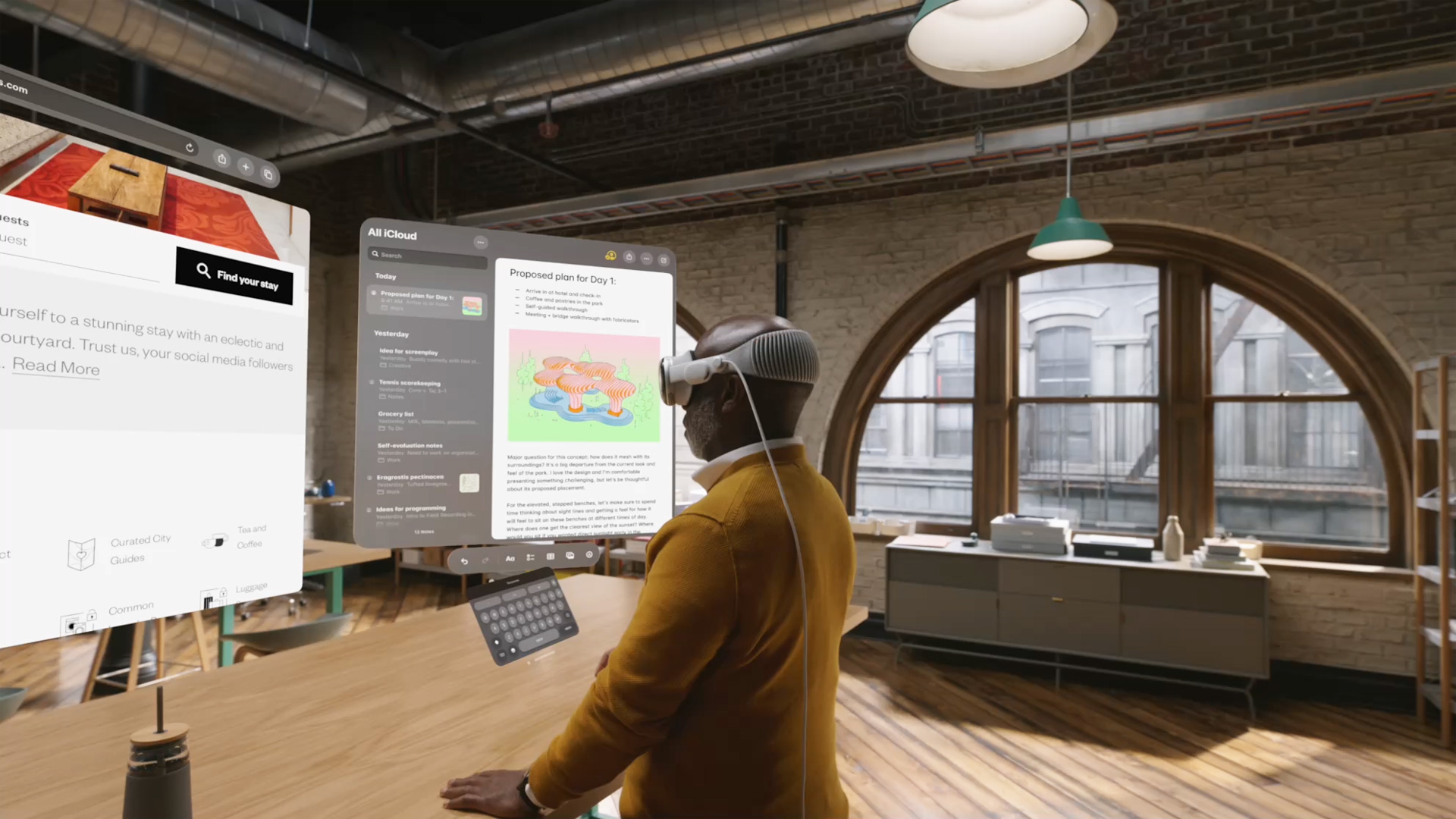My case studies, chiefly the SEO Strategy for Mattel and Article Content Strategy, illustrate the challenges faced in the digital space by late 2018, particularly in shifting to a socially led content strategies. Departments like mine were enlisted to grow digital engagement on behalf of global brands competing for relevance in a business evironment increasingly focused on smart licensing, over traditional film and television revenue. This was also an era where FAANG solidified it’s grip, as brands were culled into the walled gardens of Amazon and social media channels. It wasn’t until 2023’s blockbuster BARBIE that Mattel truly recovered it’s dominance as a media brand.
I believed there were two paths to generating value. Either I could continue to optimize existing customer paths via advances in machine learning and data science, or I could help to innovate new digital products as high end GPU adoption grew. In late 2018, as the 5G network was rolled out, as Google Stadia was announced, and as Facebook committed to VR (becoming Meta) I was fascinated by the potential of GPU computing. This is what led me to pursue my environmental design investigation through CGMA. Understanding that space at the technical level was essential to any realistic hope of operationalizing future projects.
The learning curve was an enormous investment of time, a headfirst plunge into the realities of the AAA gaming industry, and after two years and eleven courses in the production pipeline, I wanted to advance my own practical understanding in the creation of real world digital environments, a project I would come to know as the Shenandoah Digital Environment.
In my final course, Organic World Building, I had recreated a 1.5 square km section of the Shenandoah Natural Park which included it’s famous Natural Bridge, a difficult piece of terrain to represent as it is obscure to overhead satellite data collection.
I had chosen it because it offered narrative and storytelling possibility, rich with points of interest such as caves, water falls, and a replica native american village in addition to it’s other environmental features.
The idea was that I ultimately could capable of delivering on immersive technologies in the context of B2B applications in education, real estate or government, in media, architecture, or gaming for audiences increasingly accustomed to the VR space.


